- Home
- Machining techniques
- CNC Machining Services
- Cooperative supply services
- Designs
- Materials
- Finishing Services
- Shop
- Products
- Guide
- About Us
- Contact Us
2019.12.30
In this guide, CNClathing.com will introduce Junying metal surface finishing services – electropolishing with its definition, materials, applications, and benefits or advantages.
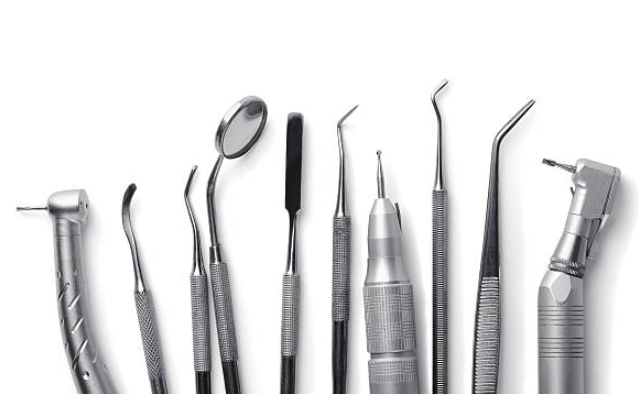
Electropolishing, also known as electrolytic polishing, or electrochemical polishing, anodic polishing, it’s regarded as the reverse of electroplating. In the electropolishing process, the electrolyte chemicals that connected to a power supply will dissolve the ridges and valleys of the metal exterior to get a smooth and uniform surface. The chemicals used in electrolytic polishing are usually acidic electrolytes such as sulfuric acid or phosphorus acid.
Almost all metals or CNC machining metal parts can be electropolished, including aluminum, brass, carbon steel, copper, stainless steel, cobalt-chrome, nickel alloys, titanium, while the most-commonly polished metals are 300- and 400-series stainless steel.
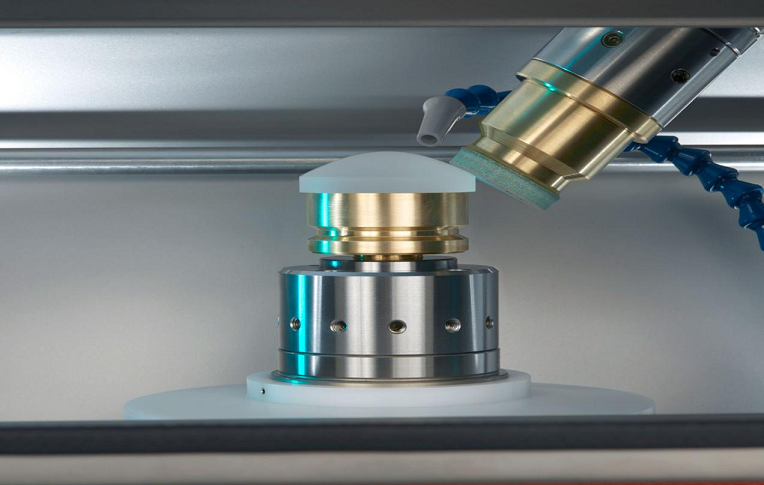 Types of Polishing Process: Advantages, Disadvantages, Uses & Working Principle | CNCLATHING
Types of Polishing Process: Advantages, Disadvantages, Uses & Working Principle | CNCLATHING
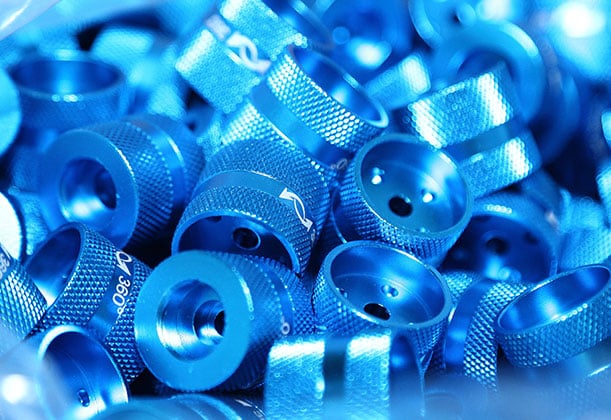 What Is Anodizing – Aluminum Anodizing Process, Application And Manufacturing
What Is Anodizing – Aluminum Anodizing Process, Application And Manufacturing
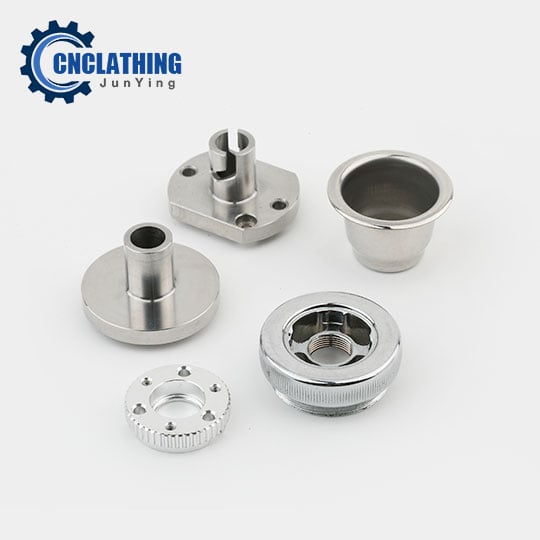 What is 304 Stainless Steel | Stainless Steel Comparison – Grade 304 vs Grades 316, 303, 201, 310, 409 and More
What is 304 Stainless Steel | Stainless Steel Comparison – Grade 304 vs Grades 316, 303, 201, 310, 409 and More
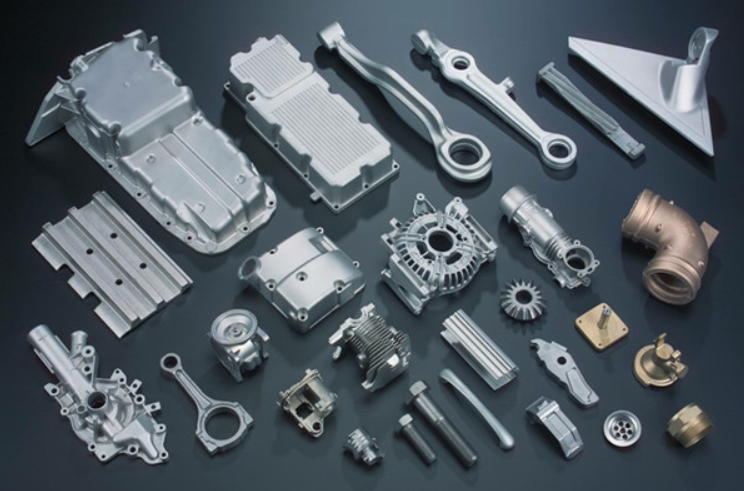 How to Polish Titanium Parts – CNC Machining Titanium Polishing & Buffing Finishing Service | CNCLATHING
How to Polish Titanium Parts – CNC Machining Titanium Polishing & Buffing Finishing Service | CNCLATHING
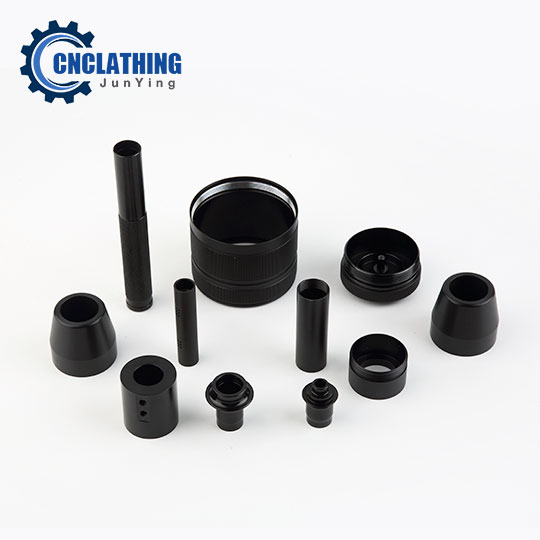 What is Anodized Aluminum and Everything You Should Know About Anodizing Aluminum | CNCLATHING
What is Anodized Aluminum and Everything You Should Know About Anodizing Aluminum | CNCLATHING
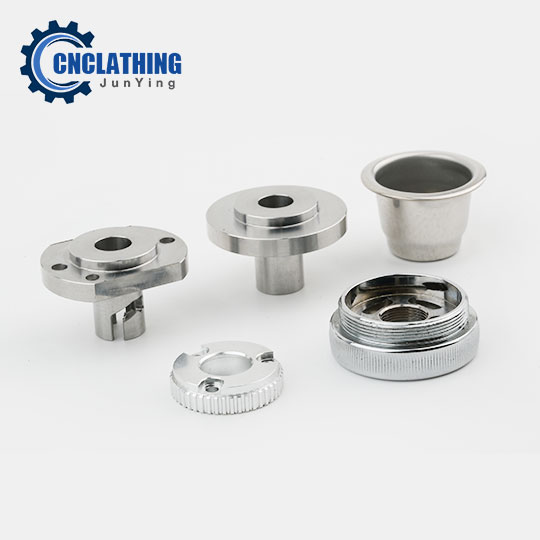 Stainless Steel for Machining – Stainless Steel CNC Machining Tips, Surface Finishes, Properties, and More | CNCLATHING
Stainless Steel for Machining – Stainless Steel CNC Machining Tips, Surface Finishes, Properties, and More | CNCLATHING
